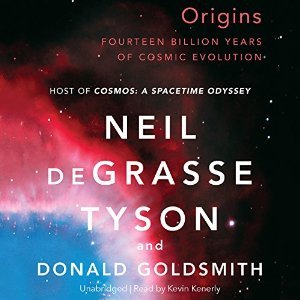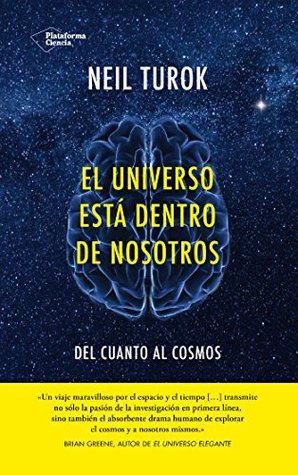
The Sky Is Not the Limit: Adventures of an Urban Astrophysicist
Book Description
What if the cosmos held secrets waiting to be unveiled, right above the city’s skyline? In 'The Sky Is Not the Limit: Adventures of an Urban Astrophysicist,' Neil deGrasse Tyson takes you on a breathtaking journey through the universe’s wonders and the thrill of discovery amidst the concrete jungle. Witness the collision of urban life and celestial mystery as he shares exhilarating encounters with stars, planets, and the human spirit. From awe-inspiring observations to thought-provoking insights, every page invites a deeper connection with the cosmos. Are you ready to look up and embrace the infinite possibilities?
Quick Book Summary
"The Sky Is Not the Limit: Adventures of an Urban Astrophysicist" by Neil deGrasse Tyson is an engaging blend of memoir and popular science. Tyson chronicles his journey from growing up in the Bronx to his leadership at the Hayden Planetarium, showing how a love of the cosmos can thrive even in the heart of a bustling city. The book explores the personal and societal challenges he faced—often as a minority in science—as well as the awe and joy of scientific discovery. Using accessible language and vivid anecdotes, Tyson bridges urban life and cosmic wonder, inviting readers to embrace curiosity and see how the universe is both vast and intimately part of our everyday experience. Through humor and reflection, he encourages everyone to look up and connect with the mysteries above.
Summary of Key Ideas
Table of Contents
The Universe Through an Urban Lens
Neil deGrasse Tyson begins his story with memories of childhood in the Bronx, documenting his early fascination with the cosmos despite the lack of dark skies and easy access to telescopes. He shares how, surrounded by city lights and distractions, his passion for astronomy set him apart. Tyson’s narrative illustrates that inspiration can flourish anywhere, not just in remote observatories, making science accessible to all—even in densely populated urban neighborhoods.
Overcoming Barriers in Science
Tyson confronts the hurdles he's encountered as an African American in a field where minority representation is low. He details encounters with skepticism about his goals, navigating stereotypes, and dealing with low expectations from both within and outside his community. Through determination and perseverance, he demonstrates how obstacles can be transformed into motivation, and he highlights the importance of mentorship and support to create more inclusive opportunities in science.
Connecting Science to Everyday Life
The book seamlessly weaves together cosmic phenomena with events and experiences from city life. Tyson explains complex astronomical concepts in terms ordinary readers can relate to, drawing parallels between the everyday and the extraordinary. He uses relatable analogies—from subway rides to skyscrapers—to make phenomena like black holes, star formation, and the expanding universe vivid and relevant, reinforcing that science is intertwined with daily existence.
Inspiration from Discovery
Tyson expresses the thrill of scientific discovery, describing the excitement of seeing Saturn’s rings for the first time, or visiting observatories. He recounts moments of awe and humility in the face of the universe’s enormity, balancing personal anecdotes with the shared human wonder at cosmic mysteries. These stories aim to inspire readers to pursue curiosity and to appreciate the universe’s beauty and complexity, regardless of their background or surroundings.
Advocating for Science Literacy
A unifying thread throughout the memoir is Tyson’s advocacy for science literacy and critical thinking. He argues that understanding our place in the cosmos is vital, not just for scientists but for society as a whole. By making science approachable and relevant, Tyson hopes to spark excitement and promote informed citizenship. His journey, from city streets to the stars, stands as a call to look beyond immediate horizons, challenge assumptions, and embrace an ever-curious mind.
Download This Summary
Get a free PDF of this summary instantly — no email required.





